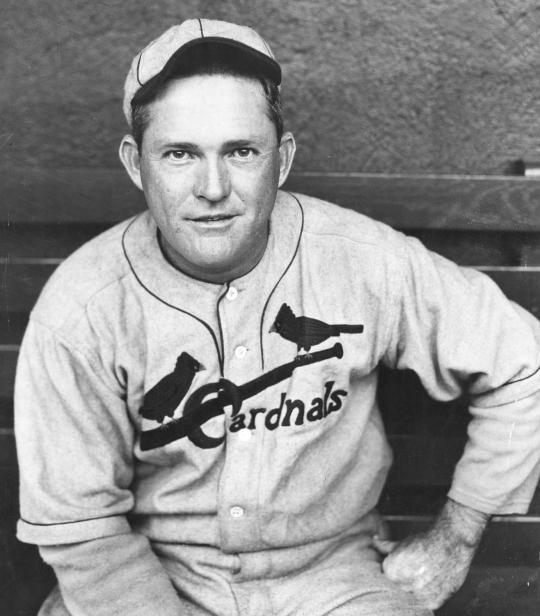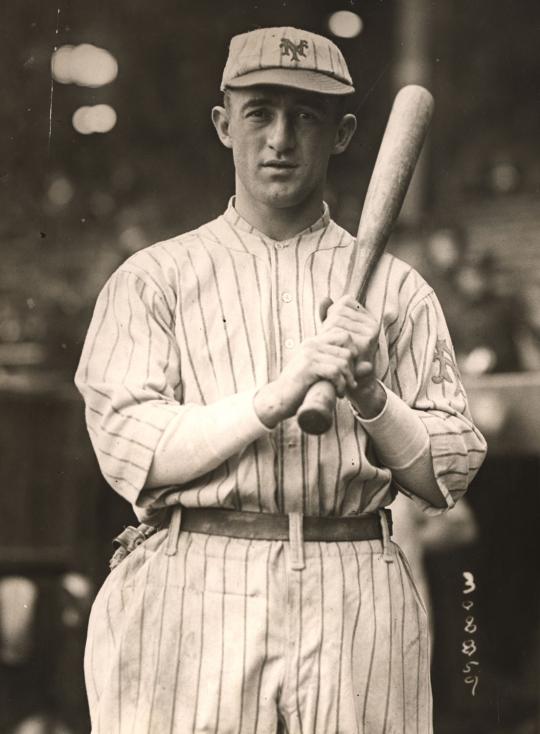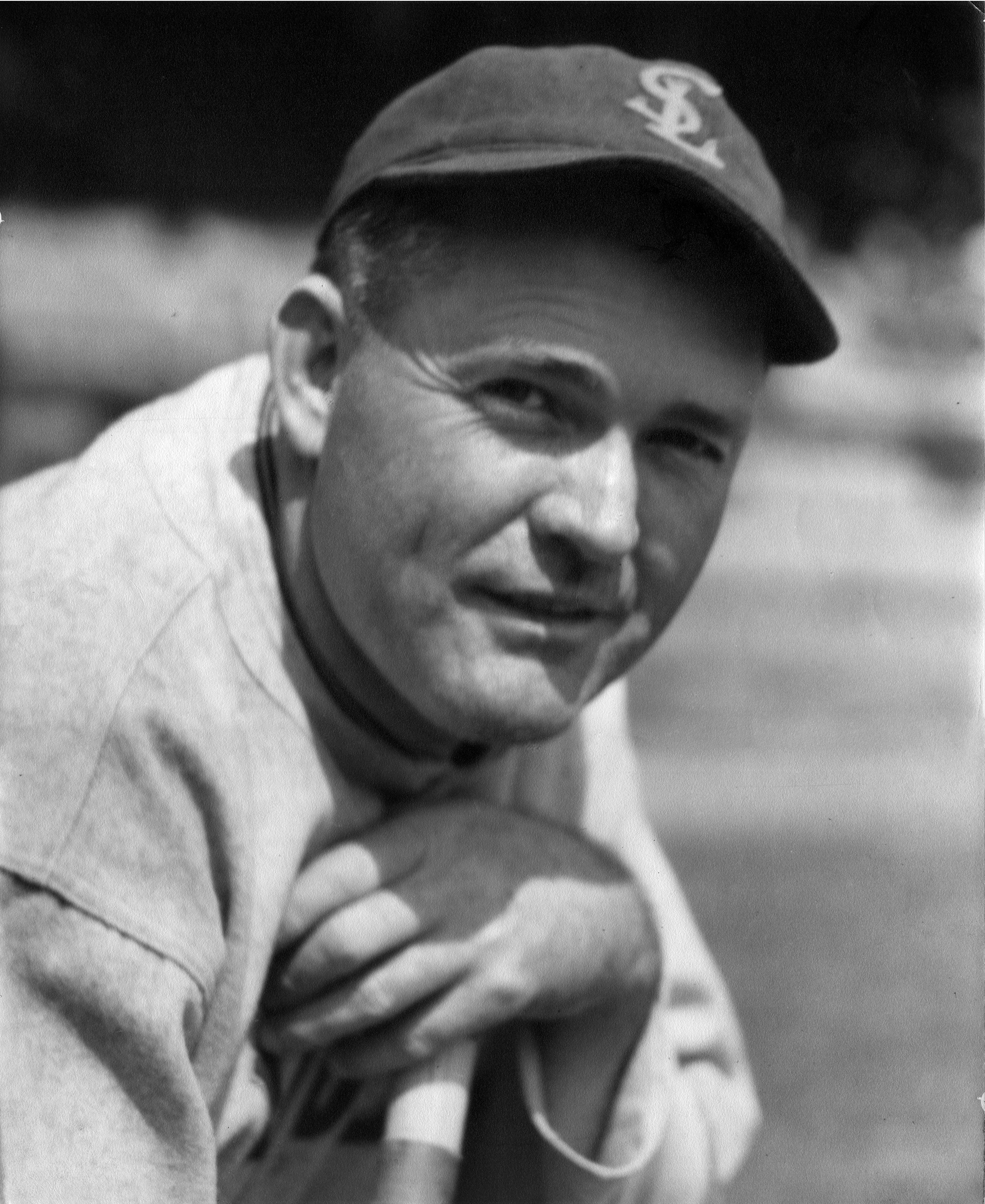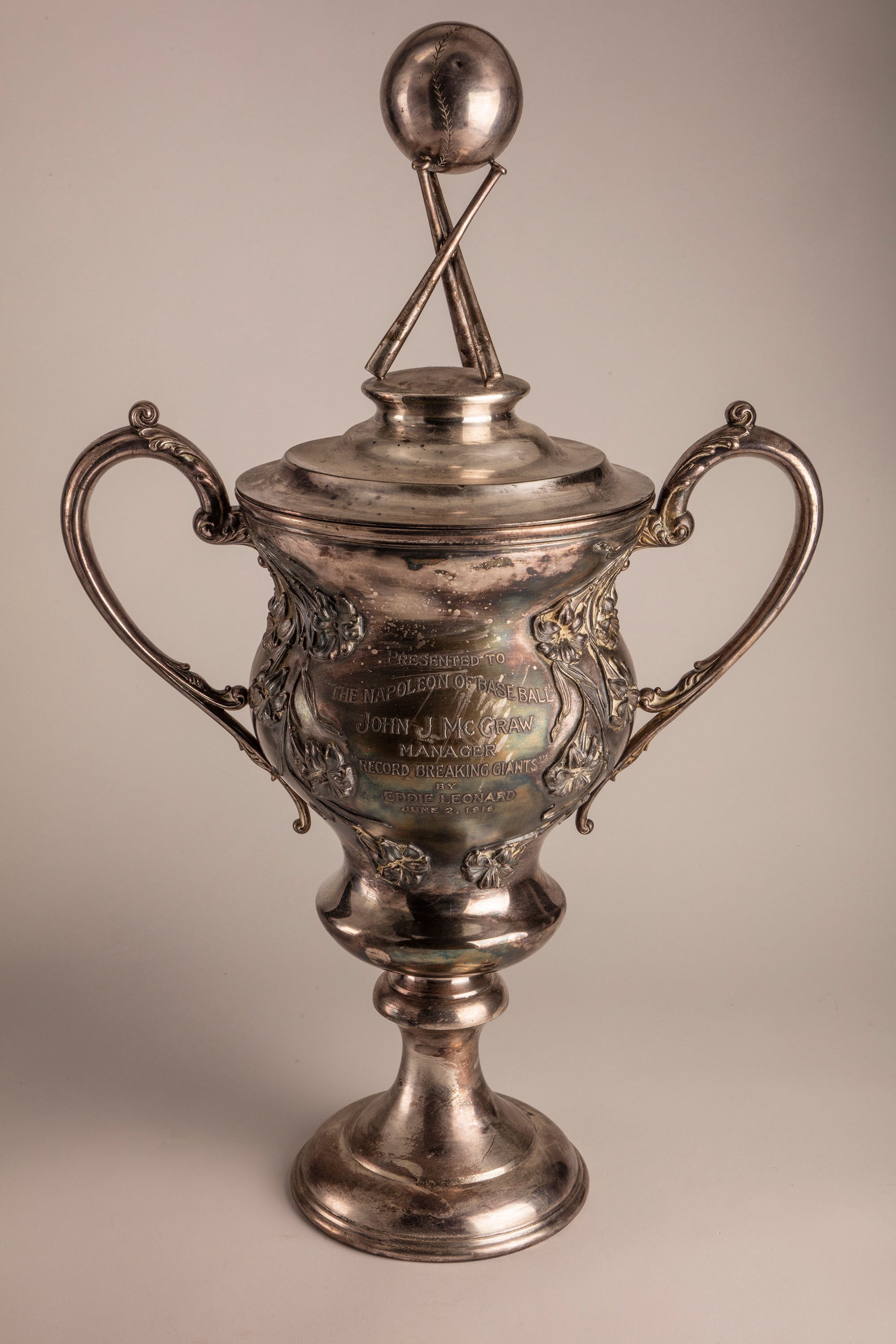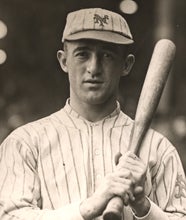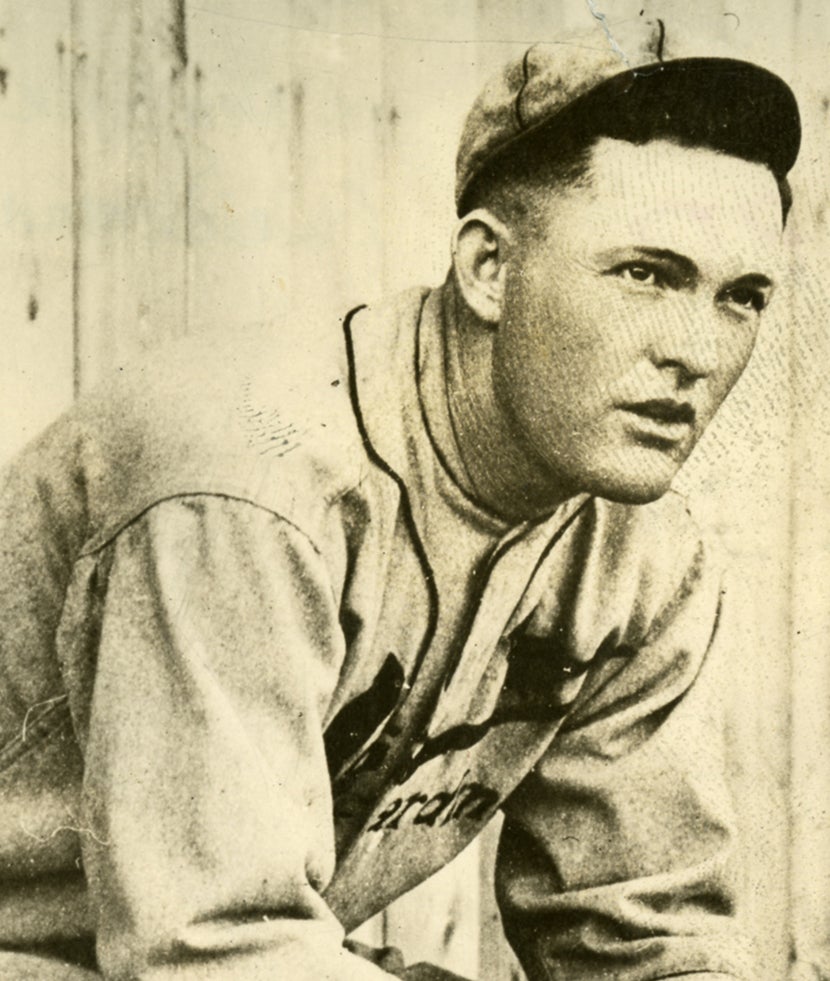- Home
- Our Stories
- Blockbuster trade sends Hornsby to Giants, Frisch to Cardinals
Blockbuster trade sends Hornsby to Giants, Frisch to Cardinals
Following the 1926 season, both the Cardinals and the Giants needed to make a change.
And if you have to part ways with a future Hall of Famer, who better to replace him than another Cooperstown-bound player?
In a rare Hall of Famer-for-Hall of Famer swap, on Dec. 20, 1926, St. Louis sent second baseman and player-manager Rogers Hornsby to New York in exchange for second baseman Frankie Frisch and right-hander Jimmy Ring.
Over his 12 seasons with the Cardinals, Hornsby had established himself as one of the game’s best hitters, batting .359 with 191 homers and 2,083 hits. He took over as player-manager in 1925 and, less than three months prior to the trade, led St. Louis to the 1926 World Series title.
Be A Part of Something Greater
There are a few ways our supporters stay involved, from membership and mission support to golf and donor experiences. The greatest moments in baseball history can’t be preserved without your help. Join us today.
But Hornsby felt he wasn’t being compensated adequately for his efforts. He requested a three-year contract at $50,000 a year, while owner Sam Breadon countered by offering him a one-year, $50,000 deal.
Negotiations ultimately fell through, and Breadon responded by trading his player/manager to New York.
“I feel that the trade of Rogers Hornsby to the New York Giants for second baseman Frank Frisch ad pitcher Jimmy Ring was not only justified but necessary,” Breadon wrote in a statement printed in the St. Louis Post-Dispatch. “The Cardinal club has never disposed of a player for cash who we thought could help our club and I only ask the fans to consider the past before they criticize the trade.”
Frisch was a star in his own right, having batted .321 over eight seasons with the Giants while stealing 224 bases and earning the title of team captain.
But in the years leading up to the trade, Frisch’s relationship with manager John McGraw had begun to sour. When the Giants fell short of the 1925 and 1926 NL pennants, McGraw often took his frustration out on Frisch, blaming his captain for the team’s shortcomings.
With both clubs looking to move their superstars, the two were a perfect match as trade partners. One of the most significant blockbuster trades in history was completed, and both Hornsby and Frisch said goodbye to the first major league clubs they had ever played for.
“We have in Frisch a great hitter, although not the great hitter that Hornsby was and in addition we have a great baserunner and the greatest fielding second baseman in the National League,” Breadon said. “Jimmy Ring is a pitcher that every manager in the National League wanted.”
Hornsby wasn’t quite as satisfied as Breadon was with the outcome of the trade.
“If they want to trade me, it’s all right with me, but it doesn’t look right that I should be traded from a club that I just managed to a world’s championship,” Hornsby told the Associated Press. “I gave the Cardinals all I had and I asked for a contract that I believe I was entitled to.”
Both Hornsby and Frisch thrived in their new environments in 1927. Frisch batted .337 with a league-leading 48 stolen bases, while Hornsby hit .361 with 125 RBI and 26 home runs. Frisch and Hornsby finished in second and third place, respectively, in the 1927 NL MVP Award voting, while another future Hall of Famer, the Pirates’ Paul Waner, claimed the honor.
Hornsby was elected to the Hall of Fame in 1942. Five years later, in 1947, Frisch joined him in Cooperstown.
Janey Murray was the digital content specialist at the National Baseball Hall of Fame and Museum

